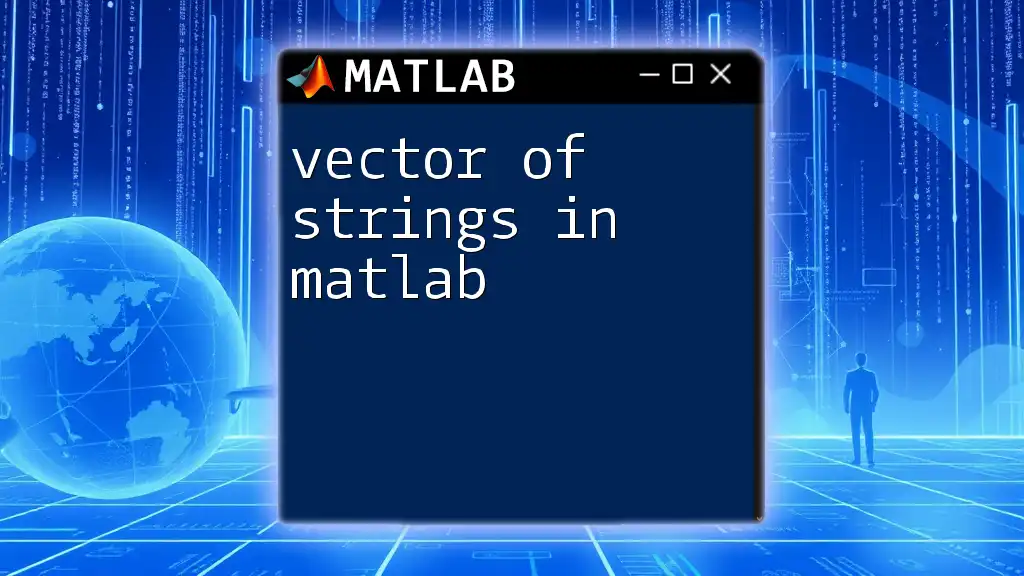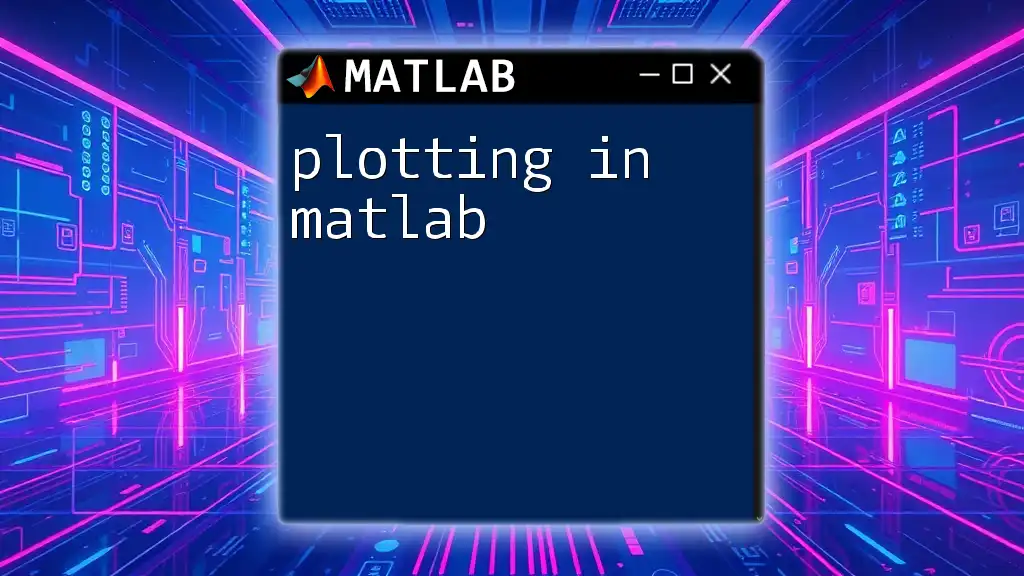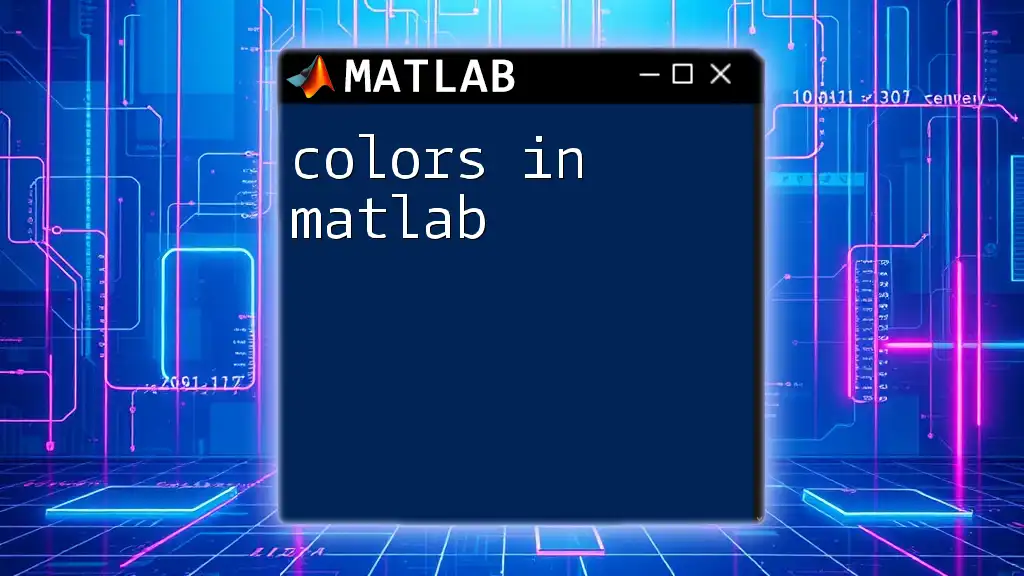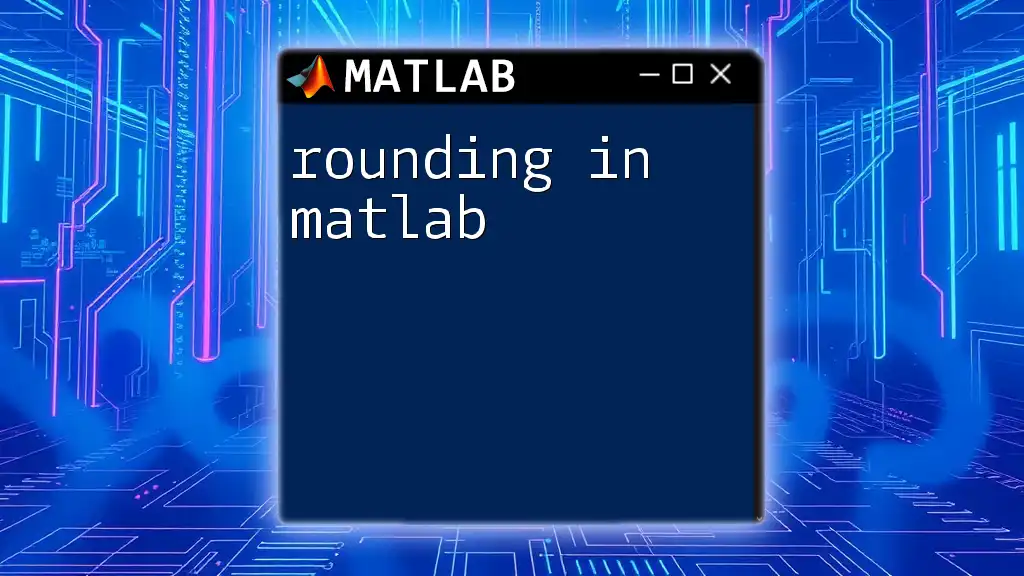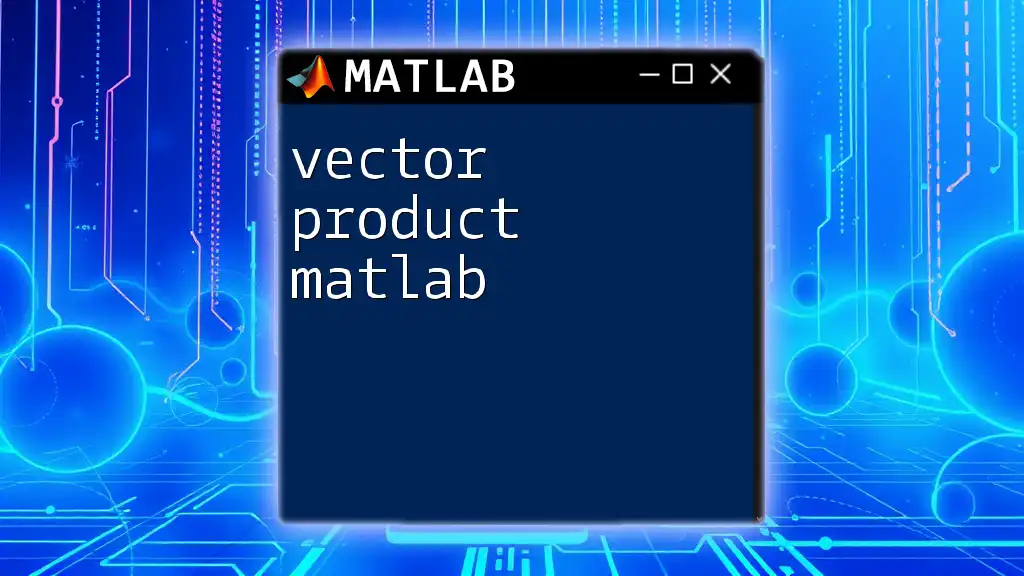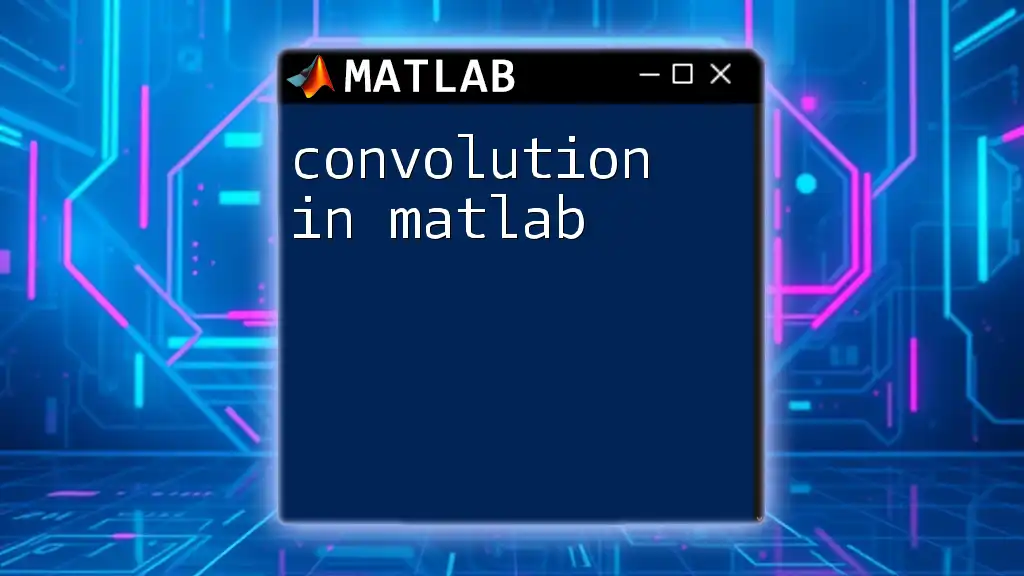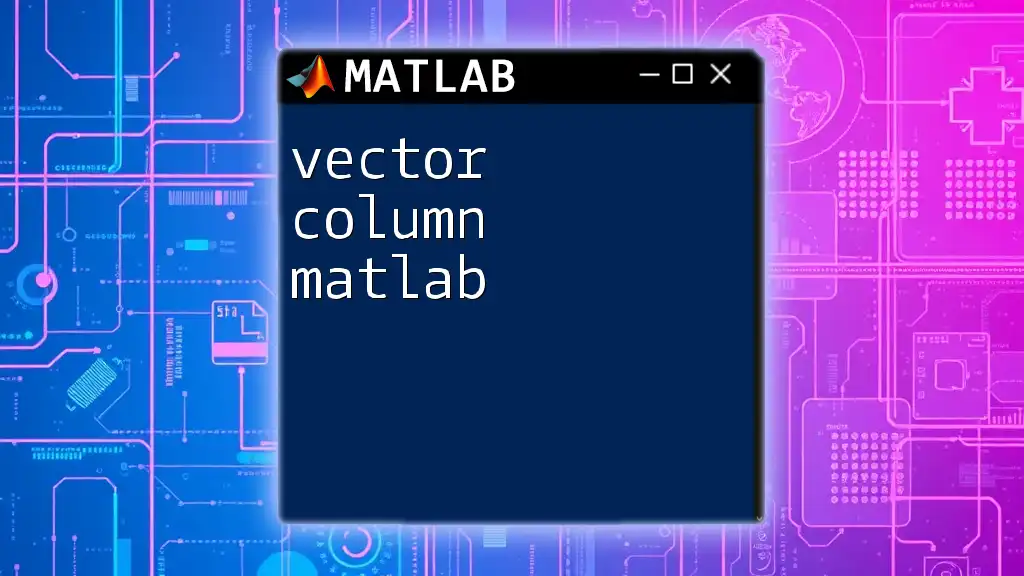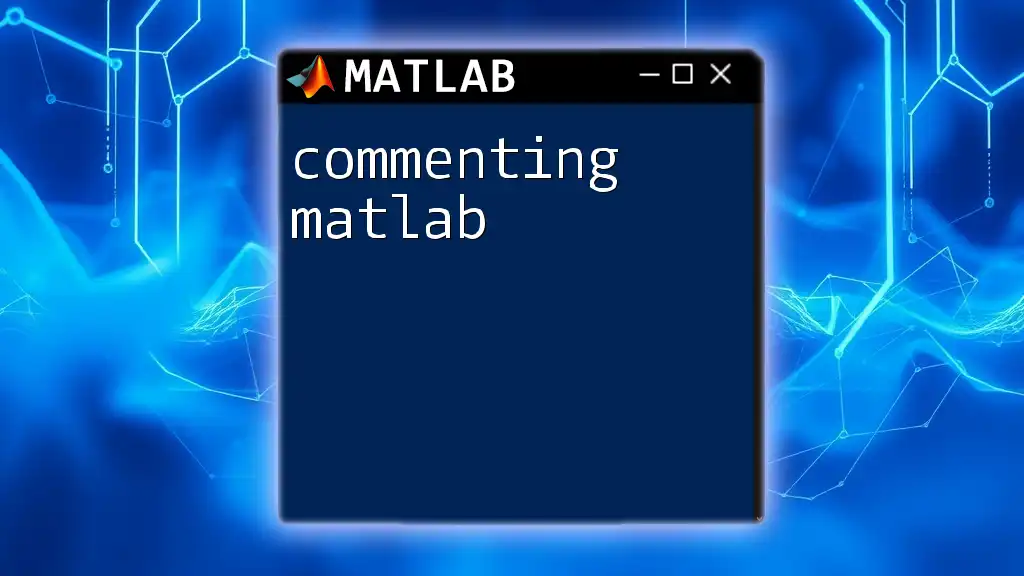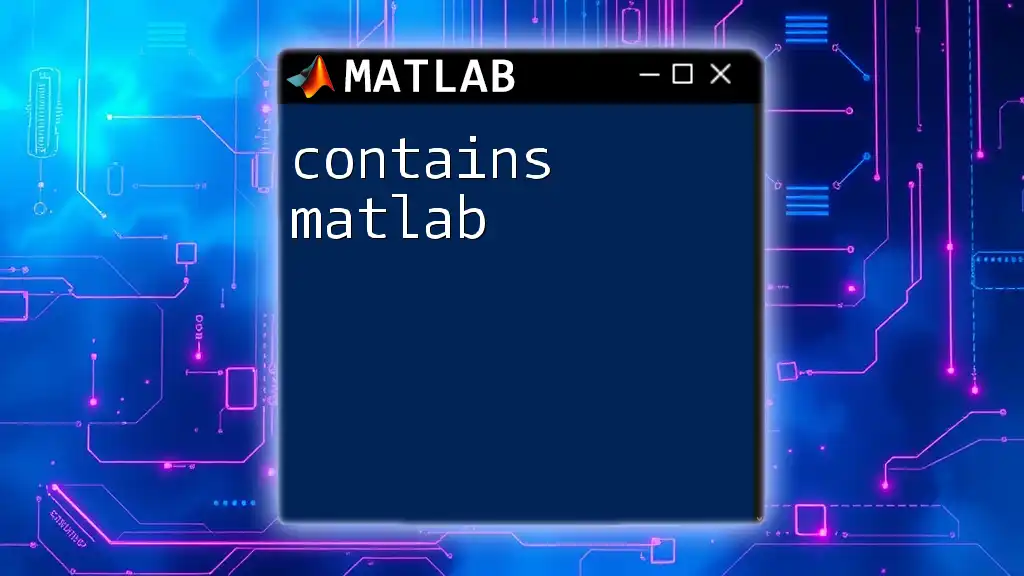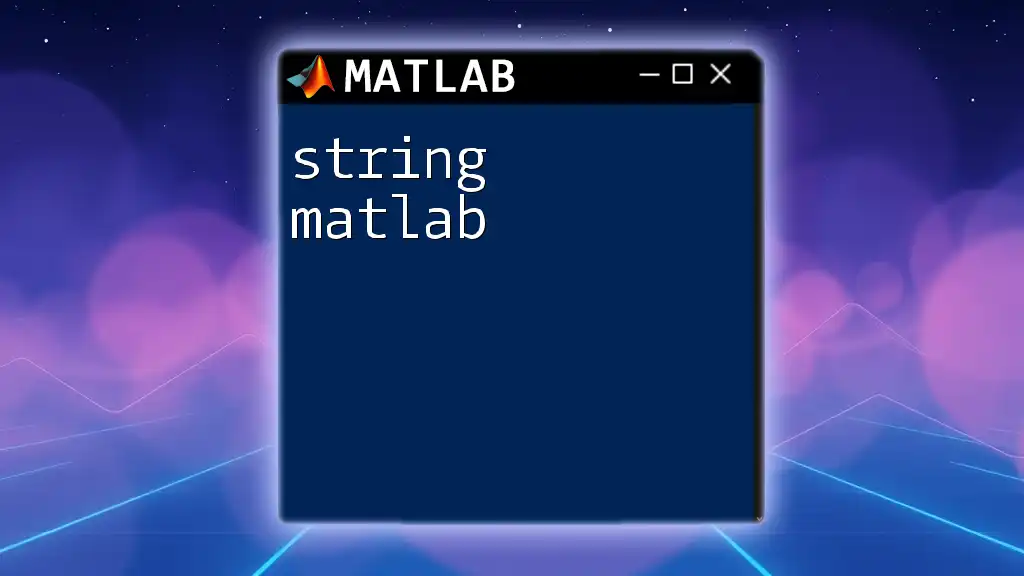In MATLAB, a vector of strings can be created using the `string` function or by enclosing the strings in double quotes, allowing you to store multiple string values in a single variable.
Here’s a code snippet demonstrating how to create a vector of strings:
% Creating a vector of strings in MATLAB
myStrings = ["apple", "banana", "cherry", "date"];
Understanding Strings in MATLAB
What are Strings?
In programming, strings are sequences of characters used to represent text. Understanding how to manage strings is essential, especially in languages like MATLAB, where data manipulation is prevalent. In MATLAB, strings can be represented in two primary ways: as character arrays or as string arrays.
String Arrays vs. Character Vectors
MATLAB supports two types of string representations:
- String Arrays (`string`): These are introduced in later versions of MATLAB and support a variety of string operations.
- Character Vectors (`char`): An older representation that consists of a single array of characters.
Key Differences:
- String arrays are more intuitive and versatile for operations and typically require fewer functions compared to character vectors.
- Character vectors may be useful for legacy code but are less preferred for new projects.
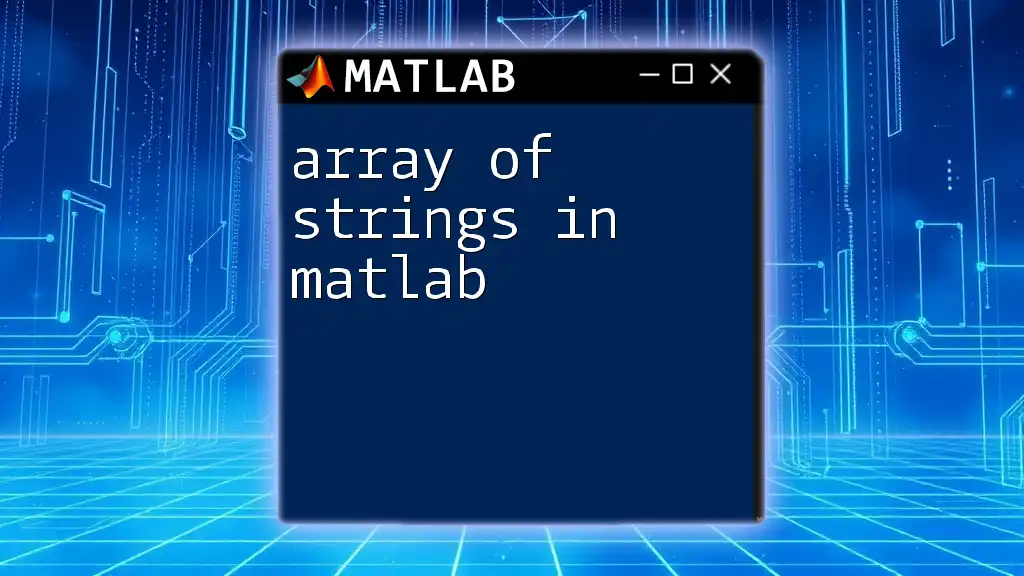
Creating a Vector of Strings
Defining a String Array
Creating a vector of strings in MATLAB is straightforward. You can define a string array using square brackets `[]` or with double quotes `""`. Here's a basic example:
names = ["Alice", "Bob", "Charlie"];
In this example, we've created a one-dimensional string array containing three elements. Each element can be accessed or manipulated individually.
Multidimensional vs. One-Dimensional String Arrays
In addition to one-dimensional arrays, you can also create two-dimensional string arrays. This is particularly useful for handling datasets or tabular data. Here's how to define a two-dimensional string array:
names_2D = ["Alice", "Bob"; "Charlie", "David"];
This creates a 2x2 array. When working with multidimensional arrays, you can represent more complex data structures while strictly organizing your strings.
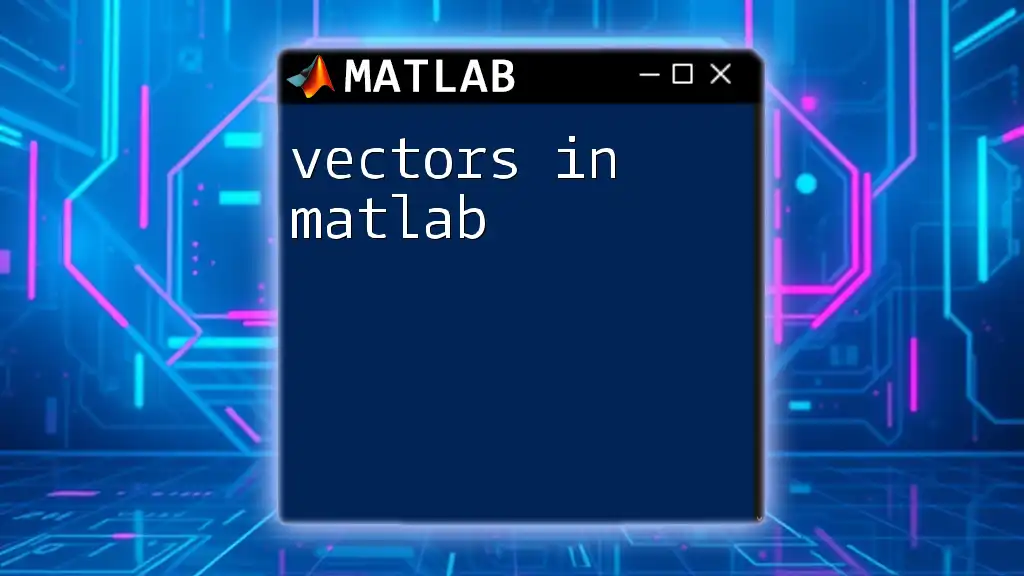
Accessing Elements in a String Array
Indexing Basics
Accessing elements in a vector of strings is done similarly to array indexing in MATLAB. For example, to get the first element of the string array:
firstName = names(1); % Output: "Alice"
Here, `names(1)` returns the first element, which is "Alice".
Slicing and Modifying String Arrays
You can easily slice a string array to obtain a subset. For instance, if you want all names except the first one, the code would look like this:
selectedNames = names(2:end); % Output: "Bob", "Charlie"
Additionally, modifying elements in the array is simple. You can assign new values using indexing:
names(2) = "Robert"; % Changes "Bob" to "Robert"
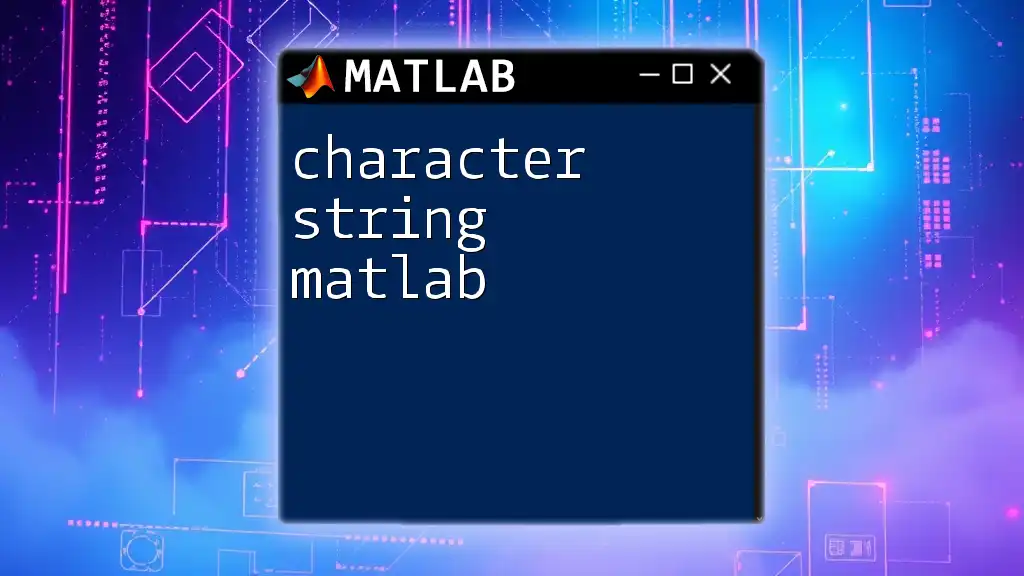
Common Operations on String Arrays
Concatenating Strings
Concatenating strings can be performed using the `+` operator in MATLAB. Let's see an example:
fullName = "John" + " " + "Doe"; % Output: "John Doe"
This operation joins the strings seamlessly, providing an efficient way to build longer strings from shorter ones.
Searching for Substrings
You can use the `contains` function to check whether a specific substring exists within a string or string array. Below is an example:
isContain = contains(names, "Alice"); % Returns true for "Alice"
This powerful function allows you to filter or analyze string arrays based on specific criteria.
Comparing String Arrays
Using `strcmp` and `strcmpi`, you can compare strings for equality. The `strcmp` function is case-sensitive, while `strcmpi` is not:
isEqual = strcmp("Hello", "hello"); % Output: false
isEqualIgnoreCase = strcmpi("Hello", "hello"); % Output: true
Such functions are crucial for tasks involving string matching or decision-making processes in your code.
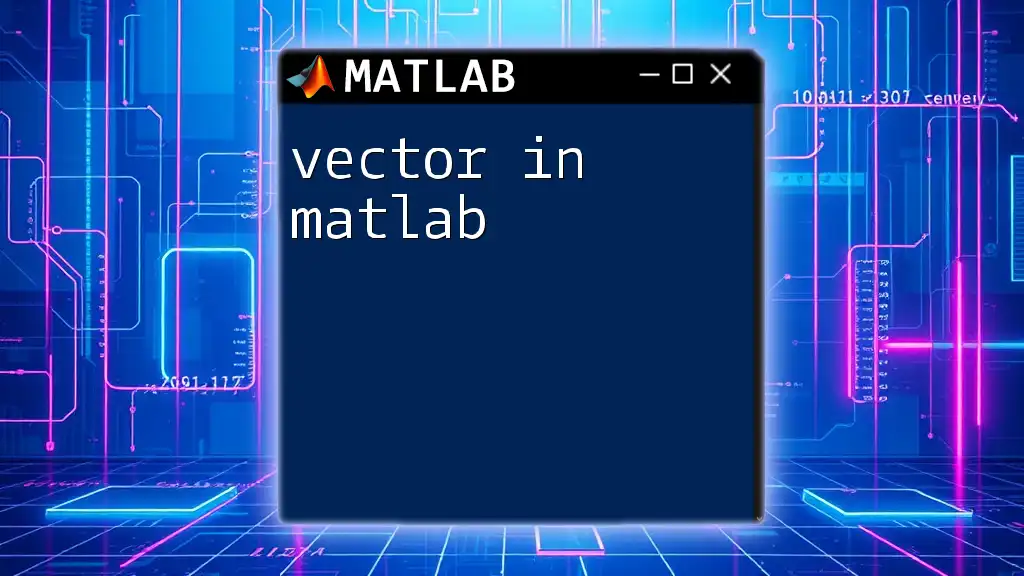
Advanced Techniques with Strings
String Manipulation Functions
MATLAB provides a variety of built-in functions for string manipulation:
-
`strcat`: Concatenates two or more strings.
combined = strcat("Hello", " World"); % Output: "Hello World" -
`strrep`: Replaces occurrences of a substring within a string.
replaced = strrep("Hello World", "World", "MATLAB"); % Output: "Hello MATLAB" -
`strsplit`: Splits a string into a cell array based on a delimiter.
parts = strsplit("Hello,World,MATLAB", ","); % Output: {"Hello", "World", "MATLAB"}
These functions enable efficient handling and manipulation of string data, making your programming tasks easier and more flexible.
Regular Expressions with Strings
For more complex string matching and manipulation, regular expressions are invaluable. In MATLAB, you can use the `regexp` and `regexpi` functions.
Here’s a basic use of `regexp` to find numeric sequences in a string:
matches = regexp("abc123def456", '\d+', 'match'); % Output: '123' and '456'
Regular expressions allow you to identify patterns, making them powerful for tasks such as data validation or parsing complex text data.
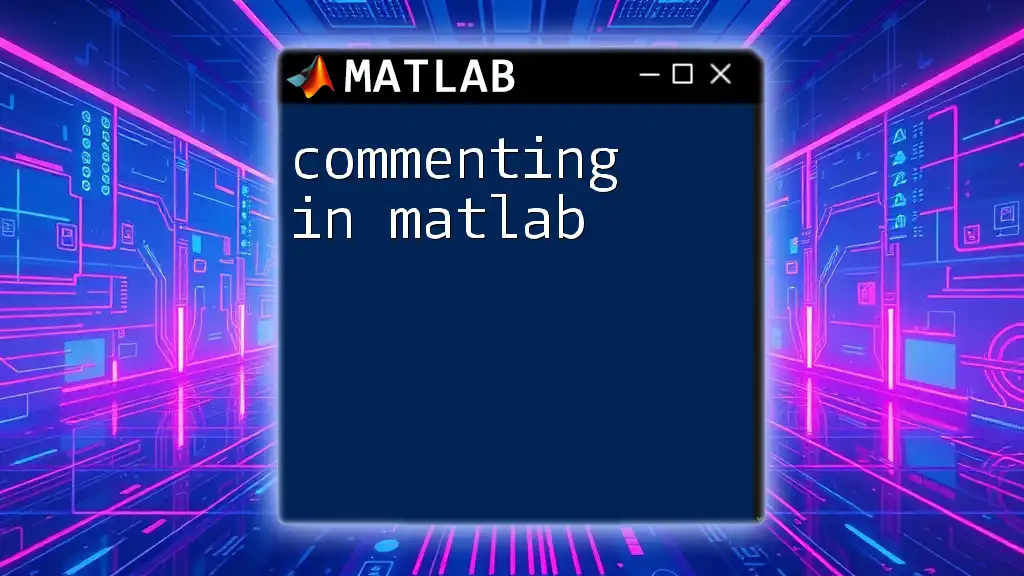
Conclusion
Understanding the concept of a vector of strings in MATLAB is essential for effective programming, especially when dealing with text data. From creation and access to advanced manipulation, mastering string arrays will significantly enhance your coding capabilities in MATLAB. The powerful built-in functions and features available for handling strings can simplify even the most complex tasks. As you build your skills, consider experimenting with the examples provided to deepen your understanding of string manipulation.
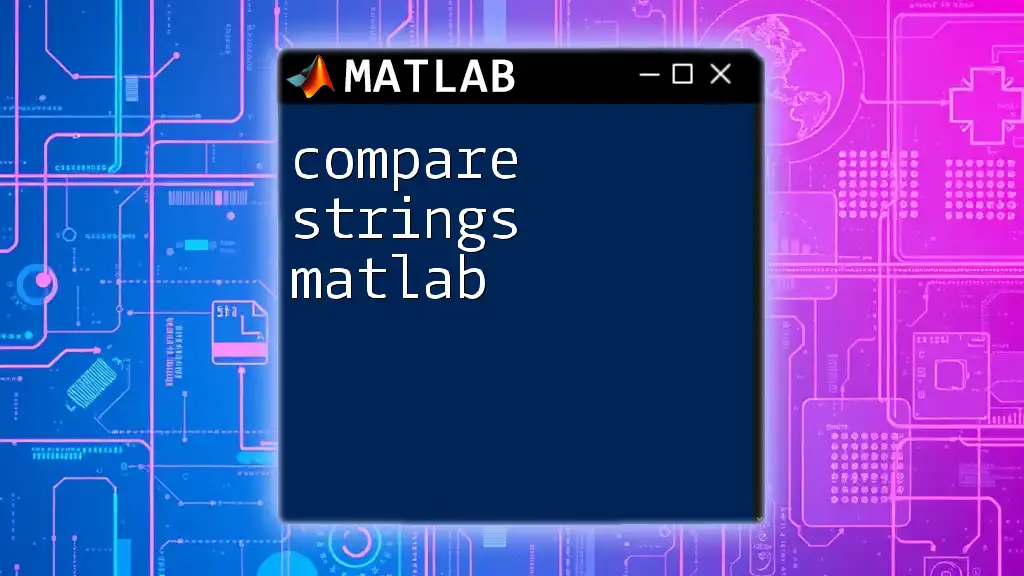
Further Resources
For those looking to delve deeper, the [MATLAB documentation on string functions](https://www.mathworks.com/help/matlab/ref/string.html) is an excellent resource. Online tutorials and courses can also offer additional insights into string handling and manipulation in MATLAB.
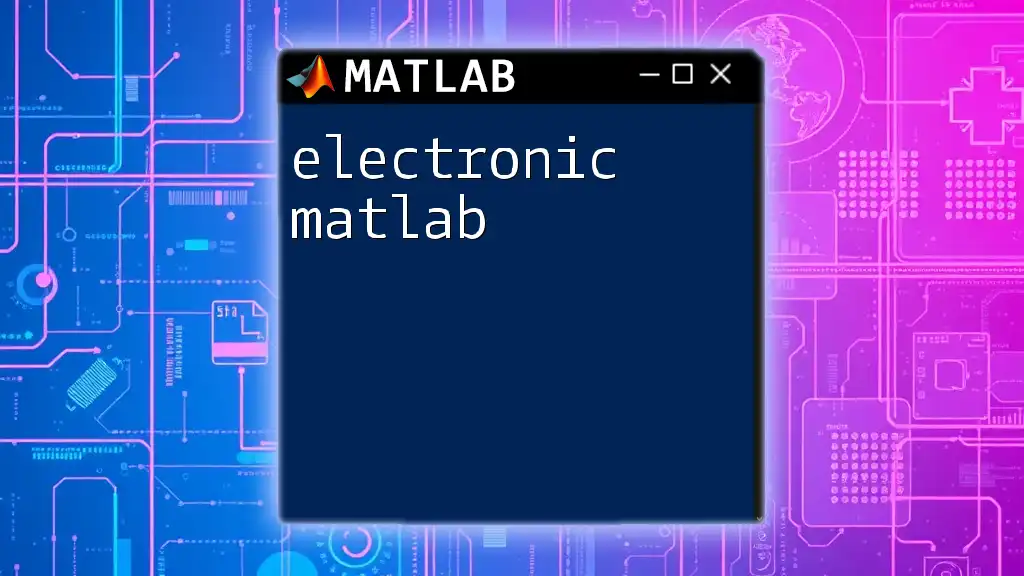
Call to Action
Feel free to share your experiences, questions, or tips about using string vectors in MATLAB in the comments below. Let’s learn and grow together!

